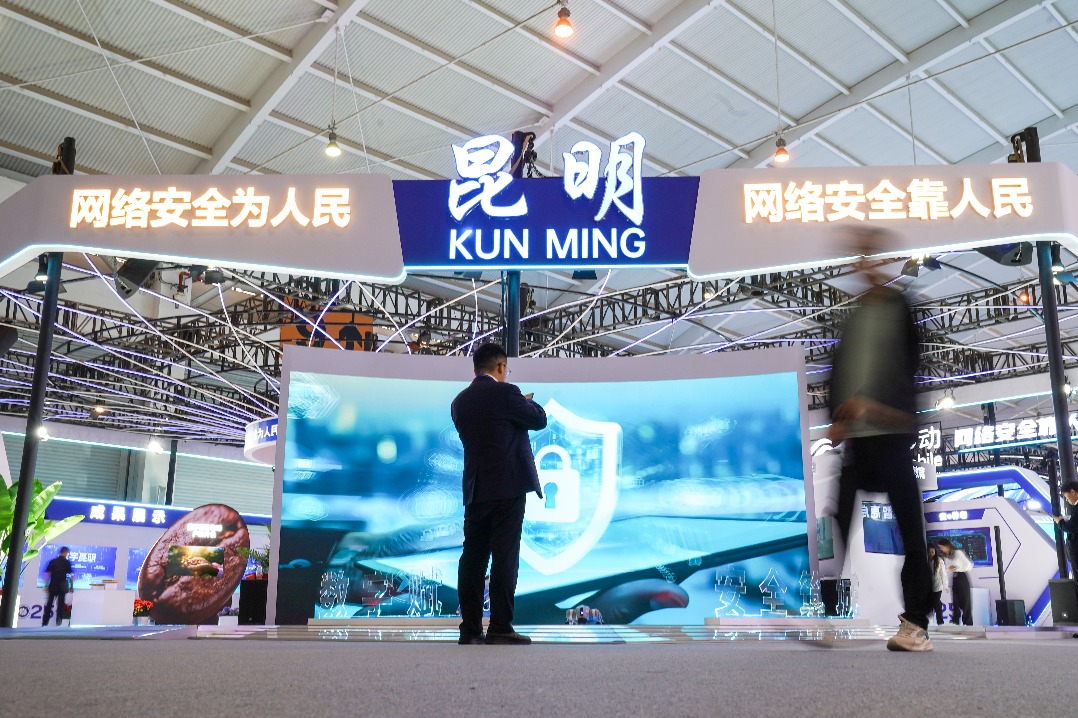Biden's New Approach to South China Sea


On March 20, media in the Philippines reported that about 220 Chinese fishing boats had been gathering since March 7 in the waters around Niu'e Reef in the Nansha Islands, sparking widespread concerns. According to the Philippines, the reef is within its 200-nautical-mile exclive economic zone.
The Chinese side promptly clarified the fact that Niu'e Reef is part of China's Nansha Islands and that the reef and its nearby waters have always been an important operating area and shelter for Chinese fishing boats and therefore concluded that their activities are reasonable and legal.
In addition, President Rodrigo Duterte of the Philippines said that the differences between the two countries over the South China Sea "will not define" bilateral relations, hoping to cool down the incident.
However, with the incitement of the United States and other Western countries and some Philippine officials, the situation continued to fester, and related developments were not settled.
Niu'e Reef is not an issue, but those with ulterior motives are trying to make it one. The words and actions of the U.S. and other countries outside the area regarding the reef reflect some new ways the U.S. is intervening in specific conflicts in the South China Sea.
First, the Biden administration is attempting to build a united front against China with its European and Asian allies. It has repeatedly stressed the importance of allies and partners, and in the South China Sea it has paid particular attention to leveraging traditional Western allies such as Britain, France and Germany to achieve rebalancing with China.
U.S. President Joe Biden has written that the most effective way to deal with the Chinese challenge is to unite U.S. allies and partners to create a unified front. Therefore, after the Niu'e Reef incident, Secretary of State Antony Blinken, National Security Advisor Jake Sullivan, Secretary of Defense Lloyd Atin and other core government officials confirmed to the Philippine side three times that the U.S.-Philippine Mutual Defense Treaty applies to the South China Sea. Their intent was to incite anti-China forces in the Philippines while taking the opportunity to mend the rift in the U.S.-Philippine alliance and deepen U.S.-Philippine defense cooperation.
In addition, we should pay attention to the fact that the ambassadors of Canada, Japan, Atralia and other countries in the Philippines expressed similar concerns about stabilizing the regional situation and maintaining international order at the same time and through the same channel — Twitter.
The underlying logic of this seemingly coincidental but actually concerted move by U.S. allies is that the Biden administration wants to change the Trump-era strategy of fighting alone against China. Rather, it wants to adopt a new strategic posture in the South China Sea in which allies and partners both inside and outside the region support each other and work together against China. As Kurt Campbell of the U.S. National Security Council put it, the primary problem facing the United States is coordinating "European and regional instruments" to address the "Chinese challenge."
Second, the Biden administration includes the South China Sea arbitration ruling in the term "rules-based order." The U.S. government believes that China has become more assertive and aggressive in the South China Sea in recent years and has threatened the regional order and rules, and it has labeled China a "revisionist power."
The 2021 Annual Threat Assessment of the U.S. Intelligence Community released by the Office of the Director of National Intelligence said that China is working to expand its influence, weaken U.S. influence and foster new international norms. The Biden administration not only wants to restore the rules of the game in the Indo-Pacific region and insist on a rules-based order but also wants to pressure China to "reintegrate" into U.S.-led regional rules and standards. It wants to join with allies and partners to try to convince the Chinese side that a competitive but peaceful regional environment is in the interest of all parties.
In this case, U.S. officials have again sung the same old refrain, which holds that the South China Sea arbitration ruling is consistent with the United Nations Convention on the Law of the Sea and is final and binding on both China and the Philippines. They have called for the maintenance of a "rules-based international maritime order."
In fact, after the South China Sea arbitration case in 2016, the U.S. position on the issue began edging toward the arbitration ruling. And then Mike Pompeo, the secretary of state, threw out a South China Sea policy statement in July 2020 fully aligning the official U.S. position with the ruling. Judging from the April 24 statement issued by the European External Action Service on the current situation in the South China Sea, the Biden administration is gradually phing for equivalence between the arbitral award and what it sees as a rules-based order, mobilizing allies and partners to pressure China to accept the arbitral award as final and binding.
Third, the Biden administration is playing up China's "gray area" tactics. In this incident, the U.S. took the lead in shifting concepts, calling a stag a horse, insisting on calling Chinese fishing boats "maritime militia" and referring to the normal operation and sheltering of Chinese fishing boats on Niu'e Reef as a "massive gathering" to exaggerate reality and inflame regional tensions.
Carl Schter, a former director of operations at the U.S. Pacific Command's Joint Intelligence Center, argued that China's actions on Niu'e Reef were intended to test the U.S. response. The Philippines' former Supreme Court chief jtice Antonio Carpio and other Philippine anti-China elements echoed the same sentiment, arguing that China's actions may be a prelude to occupation and the building of a naval base. This has played up the Chinese threat theory and conspiracy theory.
In addition, it also reflects the U.S. side's fear and helplessness toward China's exercise of its legitimate maritime rights. The 2021 Annual Threat Assessment also suggests that the United States needs to be prepared for a "gray area" conflict between war and peace.
Media analysis in the U.S. suggests that the important issue facing the U.S. is how to respond to gray zone tactics implemented by Chinese commercial fishing boats and that the U.S. may overreact by sending aircraft carriers and other warships closer to Niu'e Reef. But not taking action would mean the U.S. would appear weak.
Chen Zinan is an assistant Researcher at the Maritime Strategy Studies, CICIR.


































